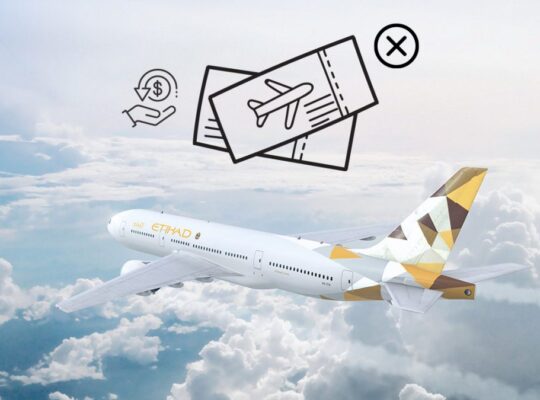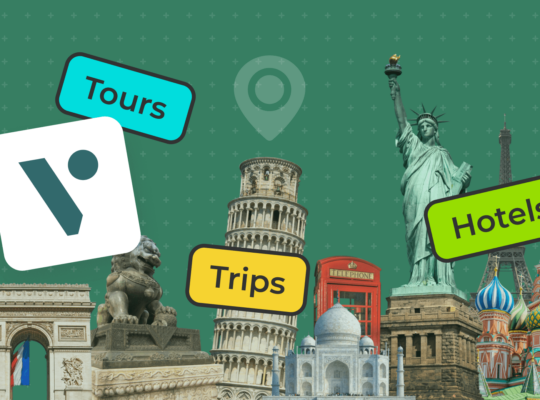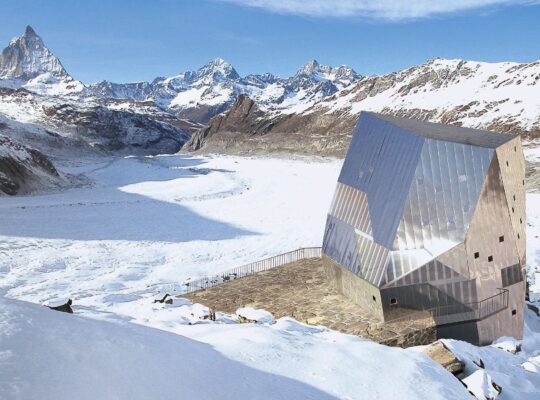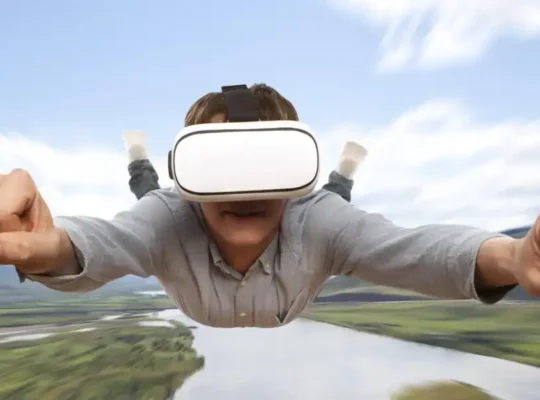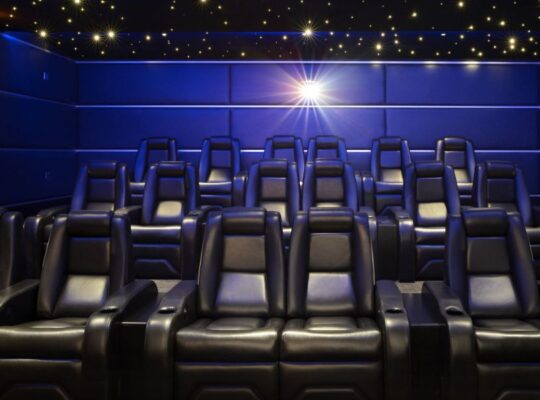The Northern Lights, or Aurora Borealis, are nature's spectacular light show in the Arctic skies. This celestial dance of colors has captivated adventurers and stargazers for centuries. If you're eager to witness this breathtaking phenomenon and capture it in all its glory, you're in for an exhilarating journey. We're here to guide you through the mesmerizing world of chasing the Aurora Borealis, armed with cutting-edge technology.
Unveiling the Northern Lights
A Natural Wonder in the Arctic Skies
The Aurora Borealis is a natural wonder that occurs when charged particles from the sun collide with gases in Earth's atmosphere. The result is a dazzling display of light, with hues of green, pink, and purple illuminating the night sky. To witness this phenomenon is to experience a surreal and ethereal moment.
Chasing the Aurora: A Bucket-List Adventure
For many, witnessing the Northern Lights is a bucket-list adventure. The quest to see this celestial display takes travelers to some of the most remote and frigid locations on the planet. It's a journey filled with anticipation and wonder.
Preparing for Your Aurora Expedition
Choosing the Right Location
Selecting the ideal location is paramount. The Northern Lights are best seen in regions near the Arctic Circle, including Norway, Sweden, Iceland, and Canada. Each destination offers a unique experience, so research and choose the one that suits your preferences.
Optimal Timing for Viewing
The Northern Lights are most active during the winter months, from September to April. Plan your trip during this period for the best chance to witness the Aurora Borealis in all its glory. Keep in mind that the polar night provides extended darkness, increasing your chances of seeing the lights.
Dressing for the Arctic
Arctic conditions are harsh and unforgiving, so proper attire is essential. Layer up with thermal clothing, waterproof gear, and insulated boots to stay warm and comfortable during your expedition.
Capturing the Magic: Cutting-Edge Technology
Camera Gear: Your Window to the Aurora
Capturing the Northern Lights demands high-quality camera gear. A DSLR or mirrorless camera with manual settings and a wide-angle lens is crucial. Use a tripod to stabilize your shots, and consider investing in a remote shutter release for crisp images.
Smartphone Apps for Aurora Forecast
Modern technology has made it easier than ever to predict when and where the Aurora Borealis will be visible. Smartphone apps like “Aurora Forecast” and “My Aurora Forecast” provide real-time data, including aurora strength and cloud cover predictions.
Drone Photography: Aerial Views of the Lights
Drones have revolutionized Aurora Borealis photography. A drone can capture the lights from unique angles and heights, providing breathtaking aerial shots of the celestial spectacle. Ensure you're aware of local regulations and have the necessary permits before flying a drone.
A Night to Remember: Chasing the Lights
Patience and Persistence
Seeing the Northern Lights isn't guaranteed, as it depends on natural factors like solar activity and weather conditions. Be patient and prepared for multiple nights of aurora hunting. The thrill of finally witnessing the lights is well worth the wait.
Capturing the Moment
When the lights finally appear, take your time to frame your shots and experiment with exposure settings. The Northern Lights are an ever-changing display, so be ready to adapt and capture the magic as it unfolds.
Final Words
Chasing the Aurora Borealis is a remarkable adventure that promises a celestial spectacle like no other. Armed with cutting-edge technology, you can capture the Northern Lights in all their radiant glory. Choose the right location, plan your trip during the optimal season, and don't forget to dress warmly. Invest in high-quality camera gear, use smartphone apps for aurora forecasting, and consider drone photography for a new perspective. Remember, patience is key, and when the lights finally appear, you'll be rewarded with a night to remember.
Commonly Asked Questions
Q1: Are the Northern Lights visible year-round?
The Northern Lights are most active during the winter months, from September to April. This period, known as the polar night, provides extended darkness, increasing your chances of witnessing the Aurora Borealis.
Q2: Do I need a professional camera to capture the Northern Lights?
While a professional camera is ideal for capturing the Northern Lights, you can still capture impressive photos with a high-quality smartphone. However, a camera with manual settings and a wide-angle lens offers more control and better results.
Q3: Are there any safety precautions for chasing the Northern Lights in remote areas?
Safety is crucial when chasing the Northern Lights in remote locations. Inform someone about your plans, dress warmly, carry essential supplies, and be cautious of extreme weather conditions and wildlife.
Q4: Can I see the Northern Lights in places with city lights and light pollution?
The Northern Lights are best seen in areas with minimal light pollution. To witness the lights in their full glory, it's advisable to travel to remote and dark-sky locations away from city lights.
Q5: Is it possible to predict when and where the Northern Lights will appear?
Yes, it's possible to predict the appearance of the Northern Lights to some extent. Smartphone apps and websites provide real-time aurora forecasts, including aurora strength, cloud cover, and visibility predictions, helping you plan your aurora hunting expedition more effectively.



